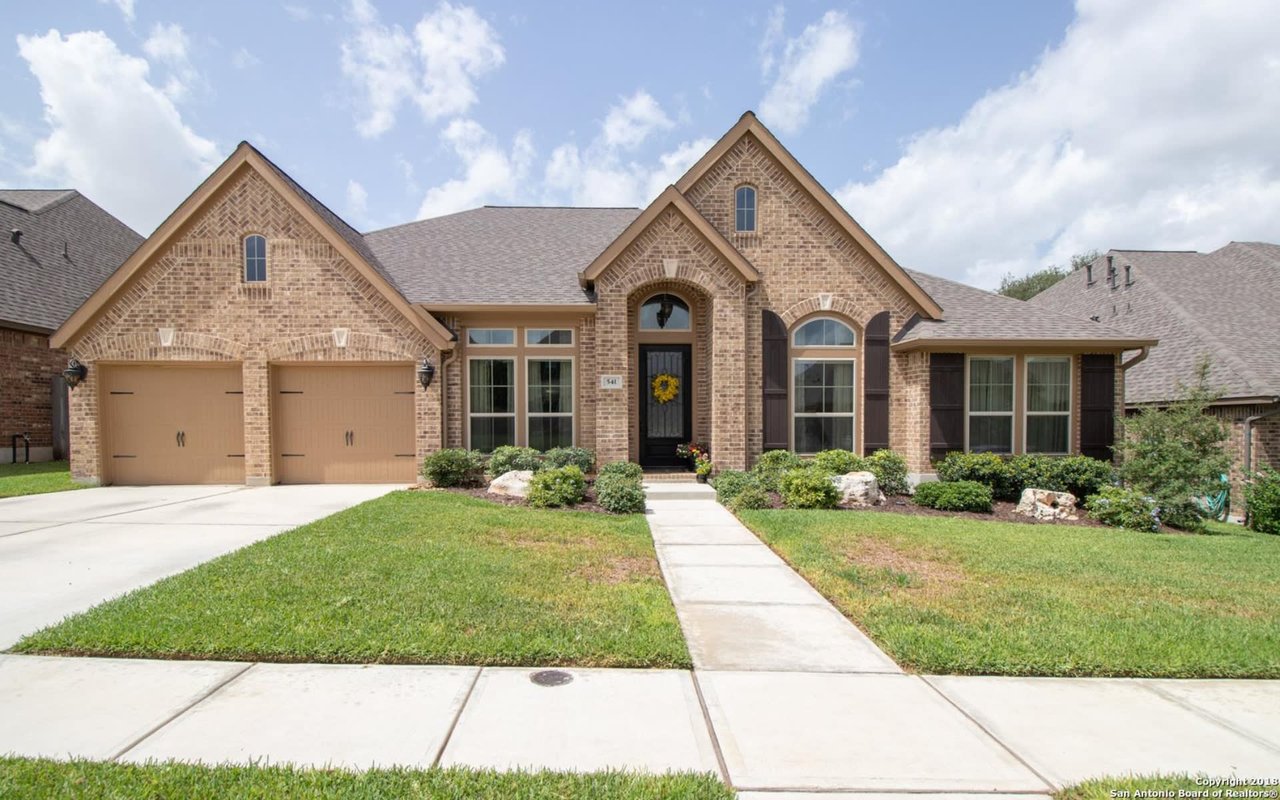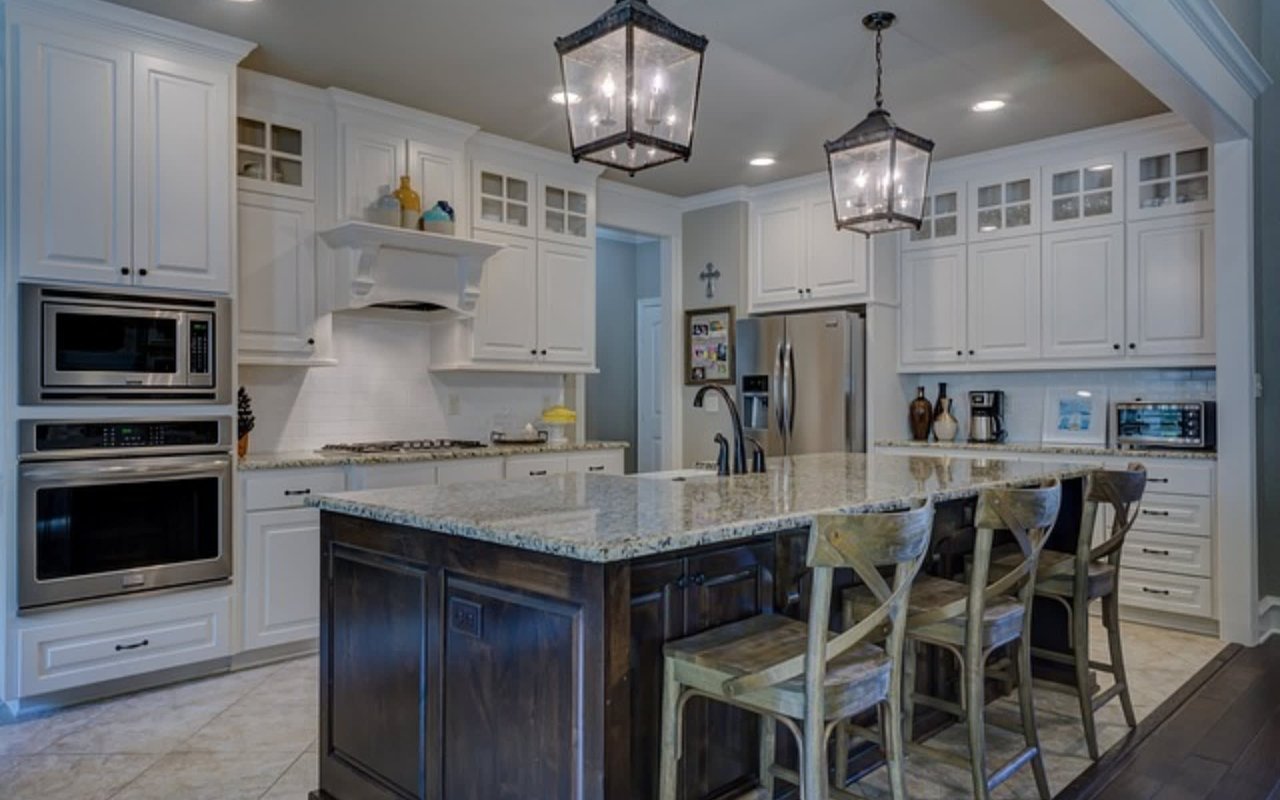Building or remodeling a home takes careful consideration. Most people want something that reflects their personal tastes and works within their budget. A person with a disability faces the same considerations, but also needs their home to be accessible, allowing optimal independent living. If you are considering a building project that requires special design, where do you begin? An architect specializing in ADA (Americans with Disabilities Act) accessibility is your best resource.
While many architects are creative by nature, and should always base designs on their client’s needs, an architect specializing in ADA accessibility has training and experience in designing specifically for people with disabilities. Working with an ADA architect means openly sharing information about your child’s disability and the obstructions to barrier free living he or she has within your current home. You should provide your own ideas and preferences about the modifications you will need, giving the architect a starting point in which to design comprehensive accessibility solutions.
An architect experienced in barrier free design will point out design issues that may be overlooked by general architects. Architects designing residential housing are concerned with aspects of human functions such as sleeping, watching TV, bathing, cooking, etc. However, a general architect may only be somewhat familiar with ADA accessibility issues, or may only be familiar with ADA compliancy used in other building types such as offices, retail stores, industrial buildings, etc.
For example, a general architect may not plan for appropriate countertop and cabinet heights, design custom knee space clearance to allow easy wheelchair accessibility, or recommend accessibility products such as a kitchen stove with controls below the burners and motion-sensitive light switches. An ADA architect would, by nature, plan out necessary design adjustments based on his client’s needs.
What to Consider When Hiring an Architect
During an initial consultation with an ADA architect, you will get the chance to learn about his or her design philosophy and style. It’s a perfect opportunity to ask questions and talk about your ideas. You’ll need to discuss fees, timelines and expectations, of course, but here are some questions you may want to start with:
- Why did you decide to specialize in residential ADA architecture? This is a great question to open with, as it gets the architect talking about his passion and what motivates him to work with people who have disabilities. It sets the mood, allowing you to use this starting point to share your own hopes and dreams for your home.
- What is your availability? How will you address client’s concerns and requests? An architect may have a great design philosophy and a stellar portfolio, but if she’s unreachable most of the time, or insensitive to your family’s needs, she may not be the right person for the job.
- What percentage of projects come in under budget and on schedule? There are many issues related to construction that may affect finishing a project on schedule and within budget (i.e. permit delays). A good architect should be confident in his ability to design a project within the allocated budget and schedule, ensuring there are very few surprises or delays.
- What is your involvement (if any) during the construction phase? Depending on your project, you may hire an architect to draw up plans that your contractor will implement independently, or you may want the architect to work with the contractor from the project’s inception to it’s completion.
Good Design Is Easy to Spot
When reviewing an architect’s past design work, you should look for accessibility solutions that are tailored to the previous client’s disability. Don’t be shy to ask more about the client’s project and what considerations went into the design. A design chosen based on universal accessibility may include:
- Ease of window operability
- Usage of maintenance free materials
- Optimized light, power and phone locations
- Selection of appropriate appliances, fixtures and hardware (i.e. faucets/door levers)
Once you’ve decided to hire an ADA architect, ask him to prepare an American Institute of Architects (AIA) developed professional services contract for review and execution. This contract details both your responsibilities and the architect’s responsibilities.
Be sure to have an attorney review the contract for modifications of conditions, if any, pertinent to scope of professional services. Here are some key conditions that should be addressed:
- The scope of work is defined in sufficient detail;
- A complete project development phase (design) schedule is included ;
- The fee payment schedule is tied to project phases and progress is clear;
- Project delivery and architect involvement (Design, Design Build, Construction Management) is clearly spelled out.
Planning for a new home or a remodeling project can be both exciting and daunting. An architect experienced in ADA compliant barrier-free design can be just the right guide you need to help your child live comfortably in the accessible home of your dreams.
Related Resources








